Table of Contents
In an era where customer retention is pivotal, the fast food industry is increasingly turning to digital reward cards and loyalty strategies to maximize revenue. The potential of these strategies lies in their ability to gather valuable customer data, thereby providing insights into consumer behavior and preferences. This understanding can inform more effective engagement strategies, fostering customer loyalty, and driving repeat business.
But how do you structure such a program to ensure success? And what role does multi-channel promotion play in enhancing customer awareness and participation? These are critical considerations as we examine the potential of these loyalty strategies.
Key Takeaways
- Implementation of Digital Reward Cards strategies can significantly increase customer retention and restaurant profitability.
- Personalized rewards and exclusive promotions enhance customer engagement and loyalty.
- Data-driven insights from Digital Reward Cards usage help target marketing strategies and boost revenues.
- Successful Digital Reward Cards strategies have led to revenue growth and competitive differentiation in fast food chains like McDonald’s and Taco Bell.
Understanding Digital Reward Cards and Loyalty Programs
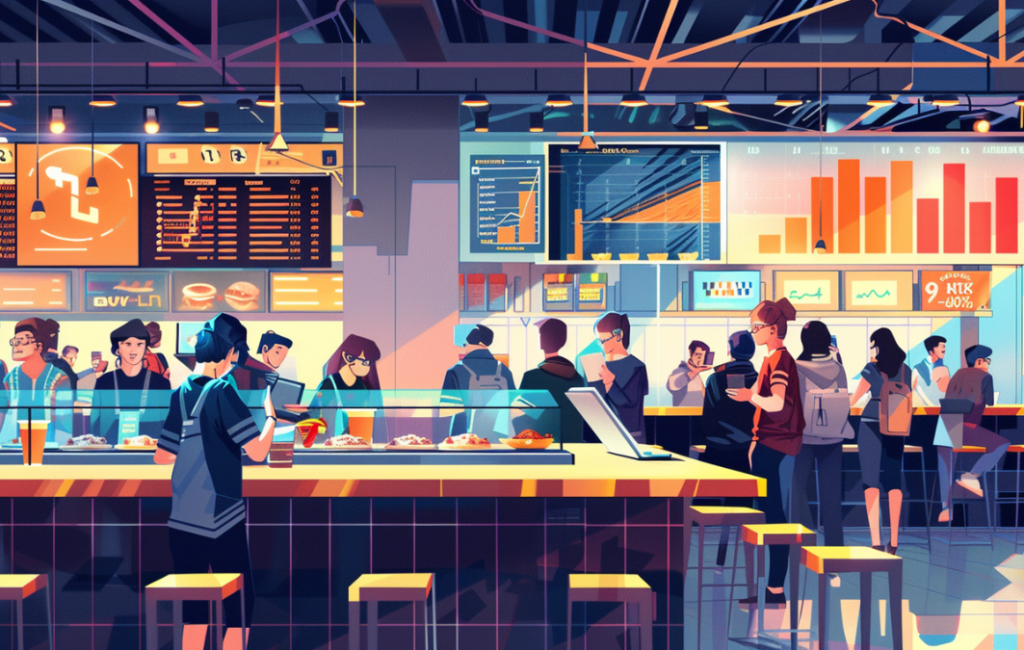
Primarily, Digital Reward Cards and loyalty programs can be physical or digital reward cards, offering a level of convenience that accommodates a wide range of customer preferences. Digital coupons and exclusive deals are integrated into these systems, incentivizing customer loyalty and promoting repeat visits. These features, paired with the automated workflow, allow for a seamless and personalized experience for customers.
The implementation of such programs in established fast-food chains like McDonald’s and Taco Bell has proven to be successful. These chains have witnessed increased customer retention, contributing to boosted overall revenue. The success of these programs demonstrates the effectiveness of Digital Reward Cards and loyalty programs in fostering customer loyalty, driving repeat business, and enhancing profitability in fast food establishments.
Benefits of Implementing Loyalty Strategies
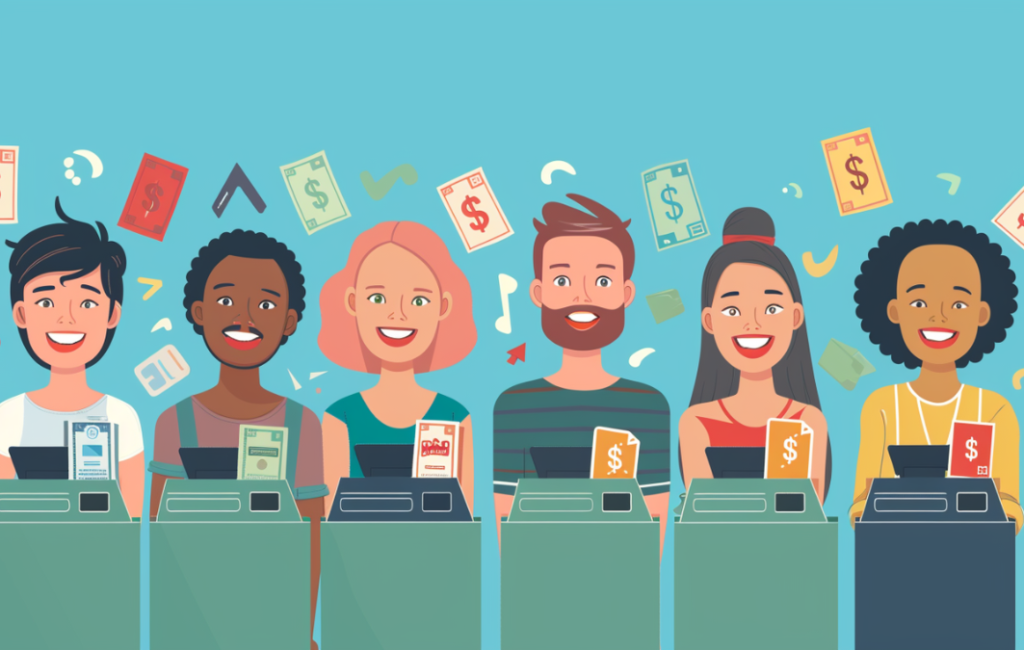
Harnessing the power of loyalty strategies can vastly enhance customer engagement and repeat visits, thereby bolstering the profitability of fast food establishments. When fast food restaurants implement loyalty programs, they avail themselves of many benefits that can significantly enhance their revenue and customer loyalty.
- Customer Retention: Loyalty programs help to increase customer retention rates by up to 25%. This is achieved through the use of personalized rewards and exclusive perks that encourage customers to return.
- Profitability: Implementing loyalty strategies can increase the profitability of fast food restaurants by up to 95%. This is primarily due to increased repeat visits and higher customer spending.
- Data Collection: Loyalty programs, especially those using digital stamp cards, allow restaurants to collect valuable customer data. This information can be used for personalized marketing initiatives, leading to higher customer engagement.
- Competitive Advantage: Exclusive rewards offered through loyalty programs can help fast food restaurants stand out from their competitors. This differentiation can attract new customers and enhance brand loyalty.
Thus, incorporating Digital Reward Cards and loyalty strategies presents a powerful tool for fast food restaurants looking to maximize their revenue and customer loyalty.
Key Components for Digital Reward Cards Success
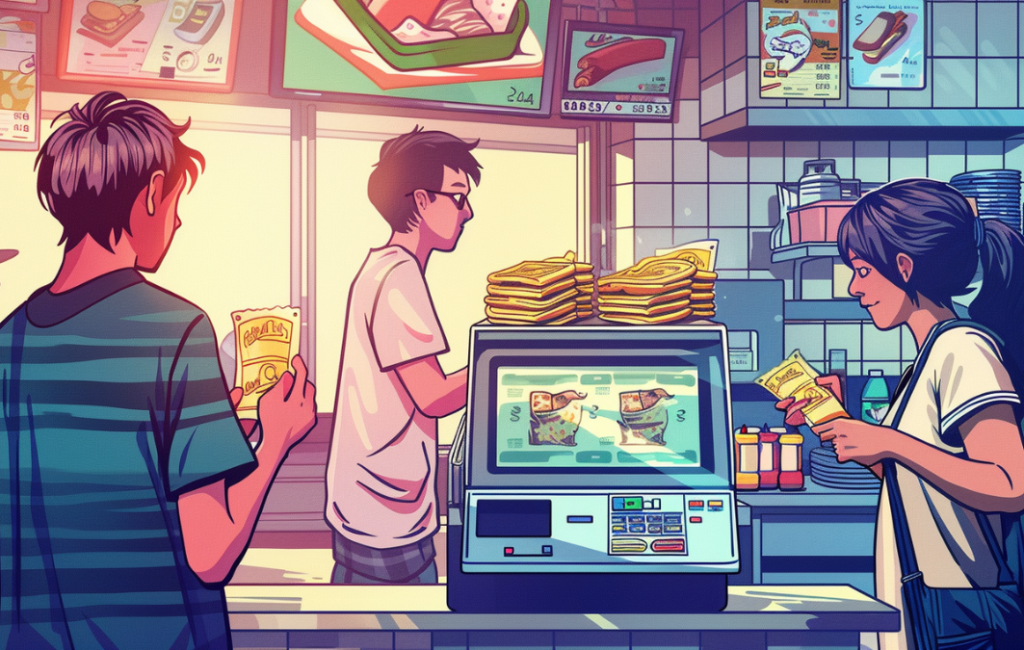
To maximize the success of Digital Reward Cards and loyalty strategies, several components must be effectively implemented and managed. Personalized rewards are pivotal in this endeavor. By tailoring rewards to align with individual customer preferences, fast food restaurants can significantly enhance Digital Reward Cards success rates. This approach aids in fostering a sense of exclusivity and personal recognition, which further encourages customer loyalty.
The introduction of gamification into loyalty programs also serves as a key driver of customer engagement and loyalty. Incentivizing repeat purchases through a game-like system can instill a sense of fun and competitiveness, thereby fostering increased Digital Reward Cards usage.
Additionally, offering exclusive promotions and discounts to Digital Reward Cards holders can bolster customer retention rates. These benefits provide tangible value to customers and incentivize the continued use of the Digital Reward Cards.
The integration of Digital Reward Cards with mobile apps is another crucial aspect. This not only enhances user experience through easy access and tracking, but also streamlines data collection. Despite the importance of data analysis for targeted marketing strategies, it is crucial to ensure this is treated as a separate focus area, distinct from the key components for Digital Reward Cards success.
Data-Driven Customer Engagement
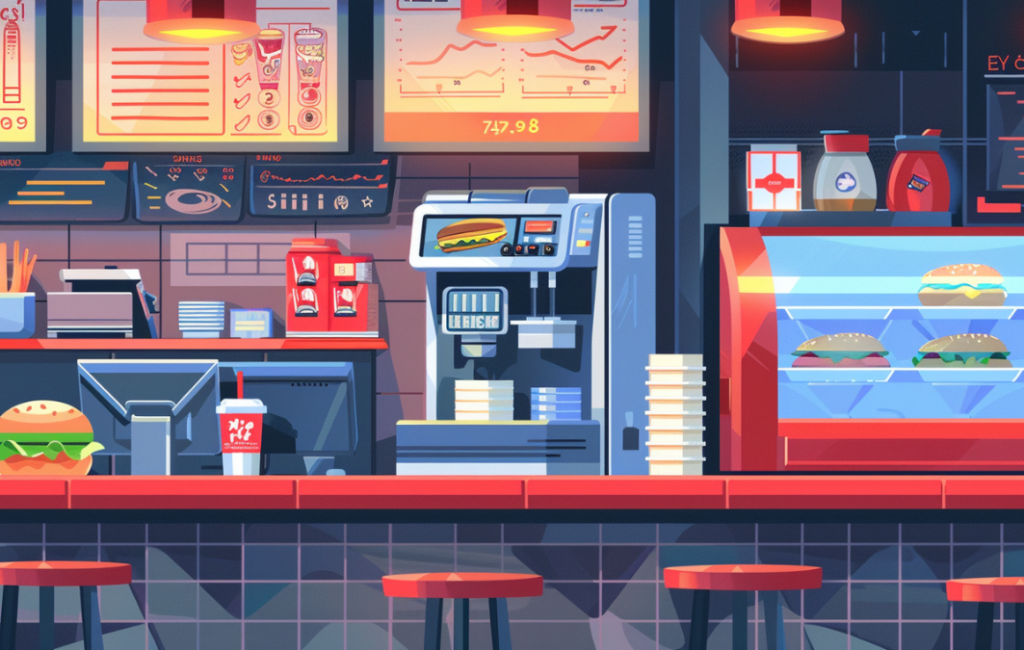
While the key components for Digital Reward Cards success lay the groundwork, the role of data-driven customer engagement emerges as a formidable force in optimizing loyalty strategies. Fast food restaurants leveraging data can finely tune their loyalty programs, ensuring a more personalized, engaging experience for customers.
Data drives insights into customer preferences, behaviors, and spending habits. Accordingly, restaurants can tailor their Digital Reward Cards rewards to match these preferences, thus increasing program participation and customer retention. Furthermore, data analysis enables targeted marketing, enhancing the average order value.
Consider these compelling statistics:
- Data-driven customer engagement can boost revenue by up to 9%.
- Personalized offers, informed by customer data, can escalate redemption rates by 15%.
- The strategic use of customer behavior insights can foster a 20% increase in customer retention.
- Deployment of targeted marketing, powered by data analysis, can stimulate a 10% rise in average order value.
Case Studies: Digital Reward Cards Revenue Maximization
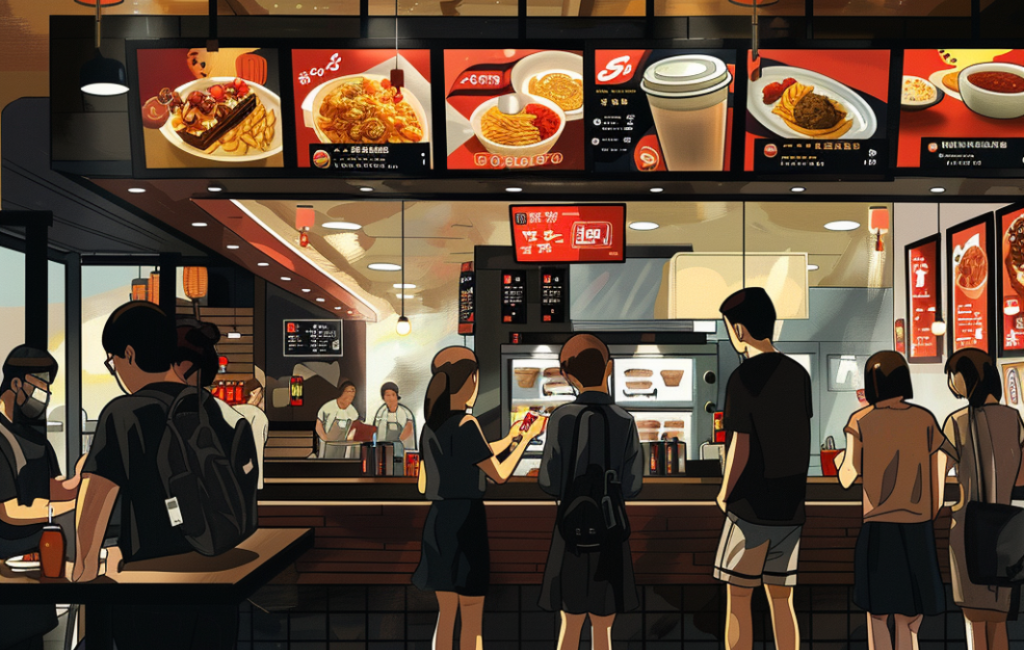
Examining several case studies highlights the significant impact of Digital Reward Cards and loyalty strategies on revenue maximization in fast food restaurants. Implementing these strategies led to a substantial 25% increase in customer retention. By offering personalized rewards and exclusive perks, restaurants were able to differentiate themselves from the competition, enhancing brand loyalty and satisfaction levels.
Moreover, the implementation of Digital Reward Cards strategies resulted in a noteworthy revenue growth of 15%. The personalized rewards structured based on customer purchase patterns successfully encouraged repeat visits, with an impressive increase of 20% reported by fast-food chains.
One of the most beneficial aspects of the Digital Reward Cards and loyalty program is its ability to gather valuable customer data. This data-driven insight allowed restaurants to improve their targeted marketing efforts, leading to a significant boost in sales.
Frequently Asked Questions
How Does Customer Loyalty Increase Revenue?
Customer loyalty increases revenue by encouraging repeat business and higher spending. Loyalty programs facilitate this by offering personalized rewards and benefits, creating a positive customer experience that can lead to referrals and increased customer lifetime value.
How Does Loyalty Cards Encourage Sales and Boost Customer Loyalty?
Loyalty cards encourage sales and boost customer loyalty by providing personalized rewards and perks. They collect customer data for targeted marketing, thereby increasing customer retention, driving repeat business, and differentiating the establishment from competitors.
What Is the Effectiveness of Loyalty Cards in Boosting the Sales Among Restaurants?
Loyalty cards are highly effective in boosting restaurant sales. They enhance customer retention, encourage repeat business, and increase customer engagement. By offering personalized rewards, they also help differentiate restaurants from their competitors.
What Are the Strategies to Drive Loyalty by Loyalty Programs?
Loyalty program strategies include personalized rewards based on customer preferences, exclusive benefits, data collection for tailored marketing, and multi-channel promotion. These strategies can elevate customer engagement, differentiate brands, and ultimately drive repeat business.
Conclusion
In conclusion, Digital Reward Cards and loyalty strategies offer fast food establishments a powerful tool for revenue optimization. These strategies enhance customer retention, offer personalized rewards, and gather valuable consumer data. Integrating CRM tools and multi-channel promotion further increase customer awareness and participation.
By leveraging these techniques, fast food restaurants can gain a competitive edge, driving customer engagement, repeat business, and ultimately, greater profitability. Indeed, Digital Reward Cards and loyalty programs are instrumental in navigating the highly competitive landscape of the fast food industry.
Maximize your business potential with our Suki Card, a digital reward card designed to enhance customer loyalty and boost your sales. With the Suki Card, you can offer your customers amazing deals and discounts, encouraging repeat business and increased spending. Don’t miss out on this opportunity to elevate your business to the next level. Sign up for your Suki Card today!






